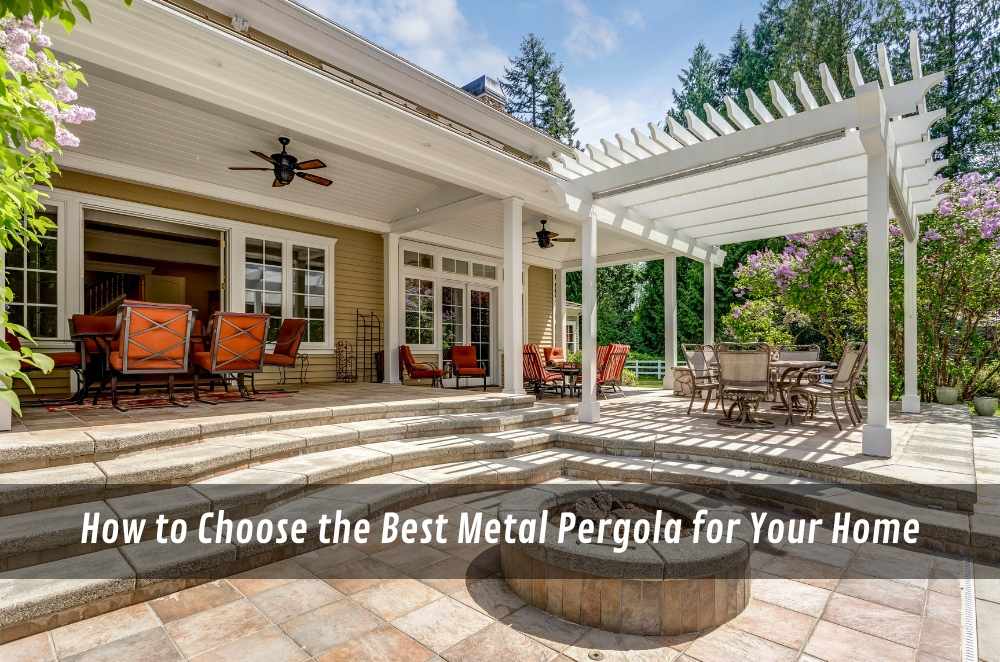
When you think about transforming your outdoor space, a pergola often feels like the piece that ties everything together. It adds structure, shade, and a sense of intention — like the backyard finally has a purpose beyond just being grass and fences. But with so many materials and styles out there, choosing the right kind of pergola can feel more complex than expected.
If timber feels like too much upkeep or just not quite your style, you might find that metal pergolas offer a cleaner, more durable option that fits modern outdoor living. They hold up well in tough weather, need little maintenance, and blend easily with newer home designs. Still, not all metal structures are created equal — and the best choice depends on where you live, how you use your space, and what you want the pergola to actually do for you.
Why design and placement matter more than you think
Let’s not get too fixated on materials straight away. Design — and where you put the thing — tends to have more day-to-day impact than you might think. Ever sat under a pergola that traps heat like a greenhouse? Or one that blocks your view of the best part of your garden?
Design should work with what you already have, not compete with it. Your pergola should feel like an extension of your home — even if it’s set 10 metres away.
Here are a few common design features that can help it blend in:
Slatted or louvred roofing for airflow and filtered light
Colour-matched powder coating to match house trims
Posts placed to accommodate garden beds or seating
Roofing types suited to the climate (especially for UV)
We once went with a flat-roof style set off to the left of our back deck — partly because it avoided a weird roof angle, partly because it just felt right. And it worked. That space became our most-used area within weeks.
Understand your local council's requirements
If you think you can skip permits just because your mate did, pump the brakes. Building codes shift, and councils aren’t always working from the same playbook. Size, height, whether it’s attached or freestanding — all of it plays a role in whether you’ll need formal permission.
Some councils are lenient. Others… not so much. And getting caught out after install? That’s a headache you don’t want.
It’s worth reaching out to your local council before finalising anything. Having that info early helps shape realistic plans — especially if you’re going custom. You don’t want to fall in love with a design only to find out it breaks half a dozen zoning codes.
Consider how shade and heat management affect comfort
If you're investing in a pergola for shade, it's worth thinking beyond the structure itself. Shade isn’t just about coverage — it's about placement, airflow, and how it interacts with your home’s passive design.
Using passive shading techniques can help you reduce heat during summer while still letting in winter sunlight. This can include orienting your pergola in a way that tracks seasonal sun angles or choosing roofing that provides filtered light rather than total coverage.
Slatted roofing allows for shifting sun angles
Polycarbonate panels offer UV protection without full shade
Adjustable louvres let you control light and heat levels
Integrated plantings can soften harsh sunlight over time
A thoughtful approach here doesn’t just improve comfort — it can make the space feel like a natural extension of your home.
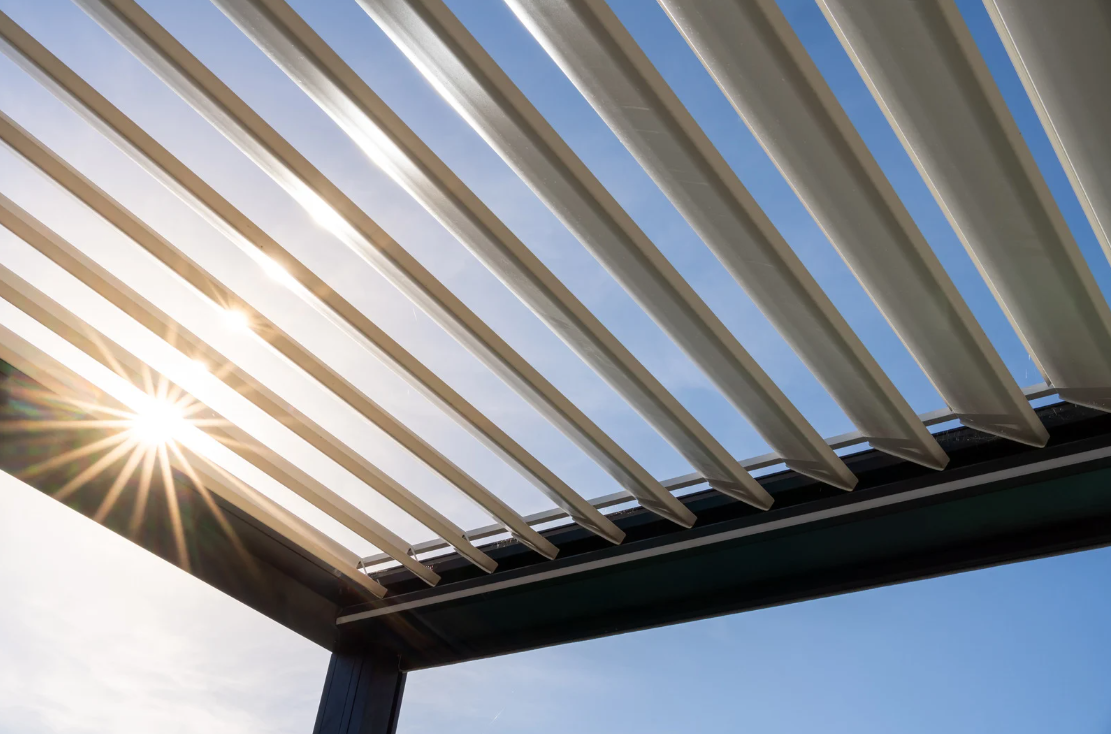
Free-standing or attached? It depends on your lifestyle
You’d think this decision would be obvious, but it rarely is. Some people want the structure anchored to their home — extending that inside-outside feel. Others prefer to carve out a new zone altogether. There’s no wrong answer, but there is a better answer based on how you live.
Got an outdoor kitchen already set up? Attached probably works best. Want a quiet space by the veggie garden? Freestanding might give you more freedom.
If you’re still weighing up the options and want to keep things cost-effective without cutting corners, there are plenty of pergola design tips that can guide your choices without sacrificing style.
Use recycled materials for decorative features
Choose modular components for flexible layout changes
Work with existing garden boundaries to reduce labour
Keep lines clean and modern for timeless appeal
Design doesn’t have to be extravagant to be impactful. Thoughtful selections around size, layout and finish can make even a modest build feel intentional.
Don't forget to future-proof your outdoor use
It’s easy to focus on how the pergola will look now, but think ahead. How will it hold up with a growing family? Will you eventually want to add lighting, fans, and privacy screens? Future-proofing isn’t about overbuilding — it’s about allowing for flexibility.
Some builds go up fast and look great, but then feel limiting within a year. We’ve all seen a patio that becomes cluttered because it wasn’t designed with actual life in mind.
We’ve seen some great outdoor shade structure ideas that bring together practical elements like built-in seating, layered screening, or climbing greenery — and they make the space feel more lived-in, not just styled
Incorporate climbing plants to soften the structure over time
Combine pergolas with decking or built-in benches
Use layered shade elements like mesh curtains or sliding panels
Extend the space with trellises or vertical gardens
A good pergola doesn’t dominate the space — it invites people into it, over and over again.
Final thoughts
Let’s be honest — there’s no universal rule for what makes a “perfect” pergola. One household’s dream setup might be another’s mistake. The real win? When your pergola quietly makes everything around it feel more settled.
Whether you lean modern or classic, attached or freestanding, what matters is that it fits. Not just aesthetically, but practically too. It should block harsh sun without making the area feel dark. It should open up new ways to use the yard, not fence you into one.

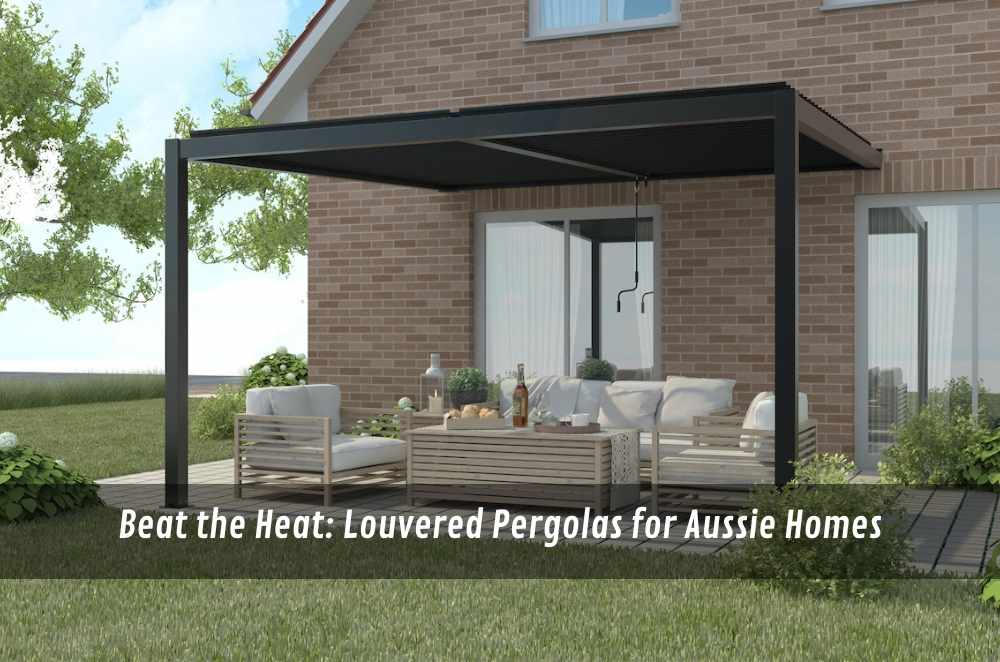
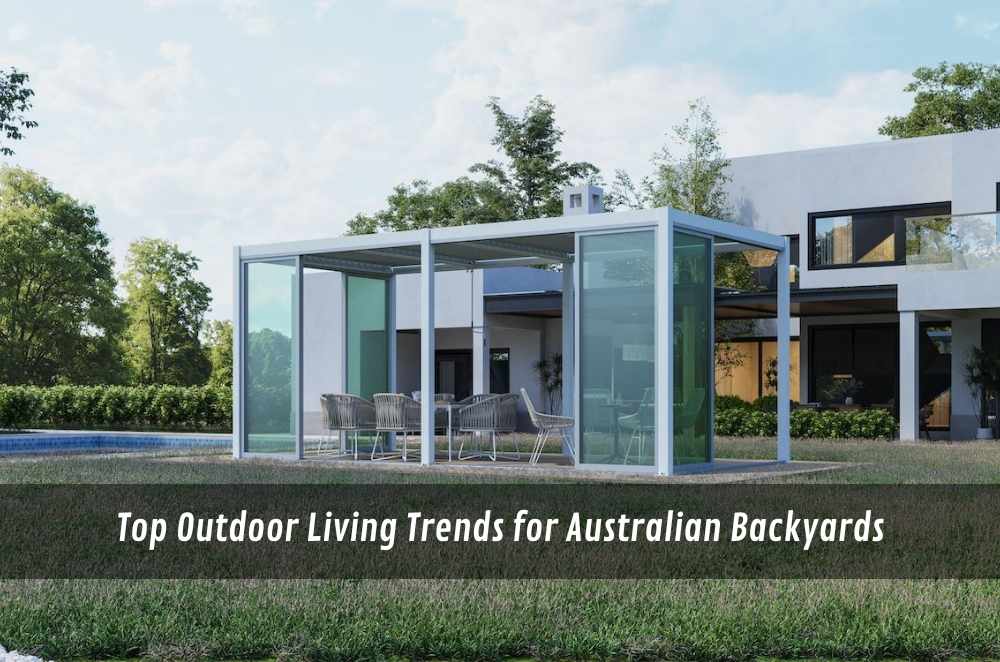
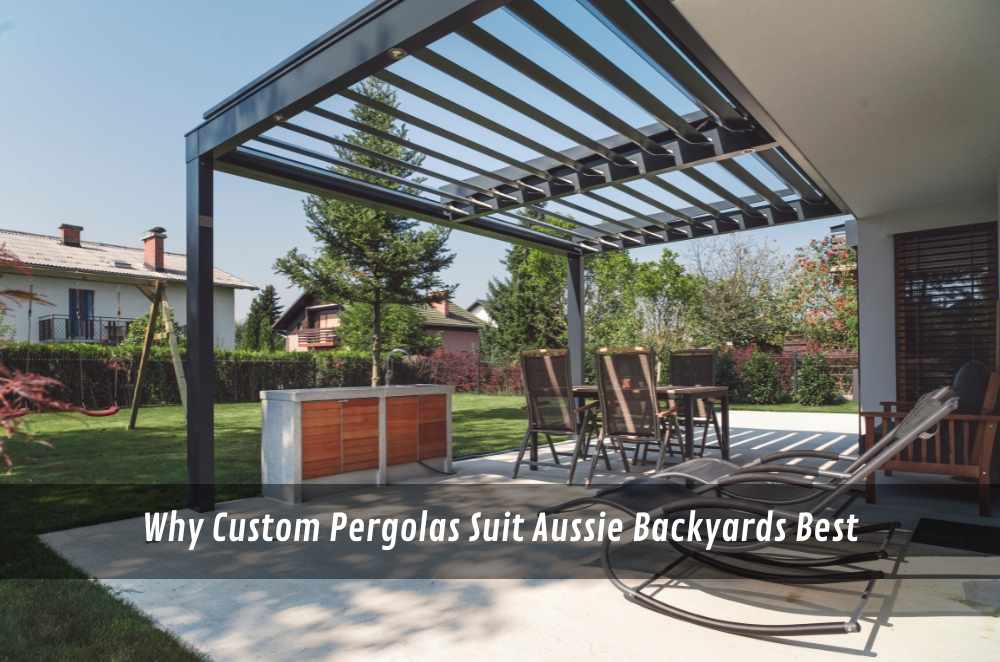


Write a comment ...